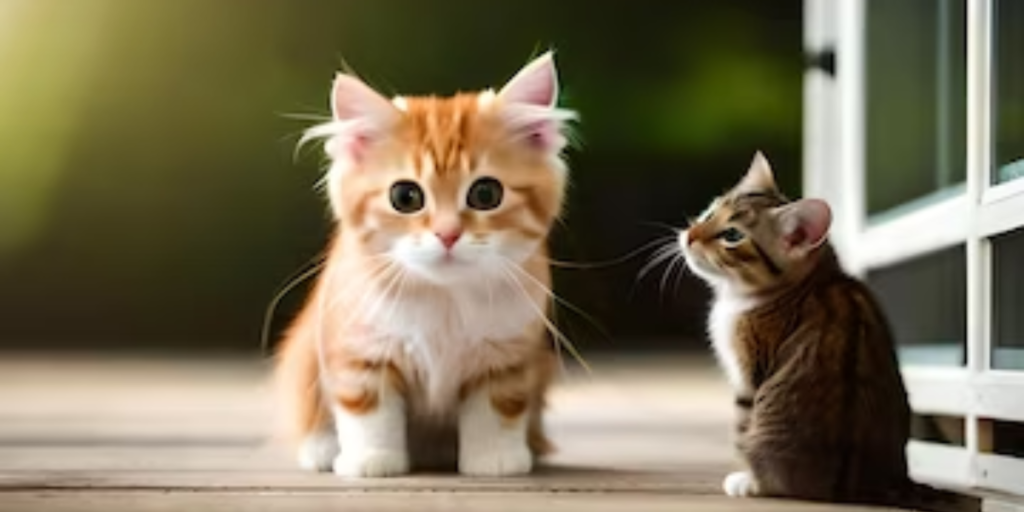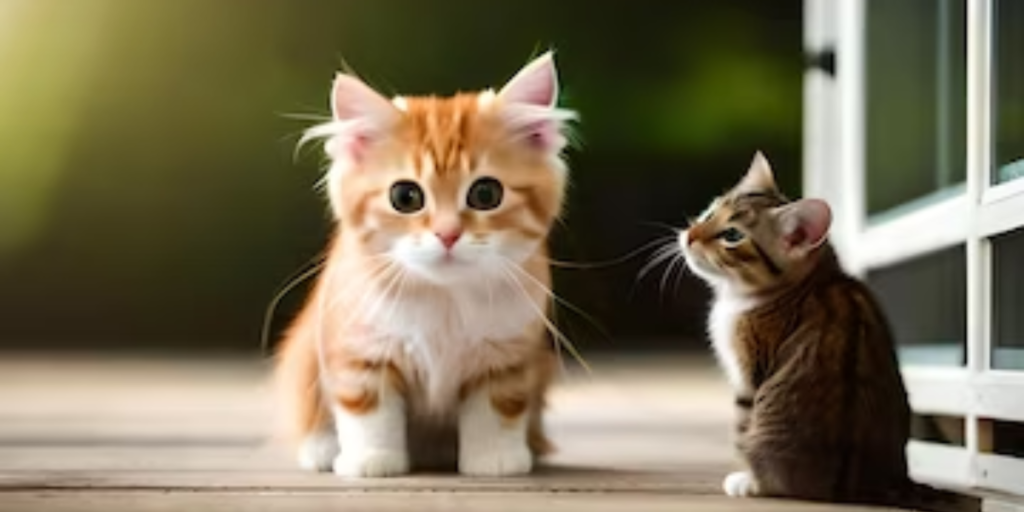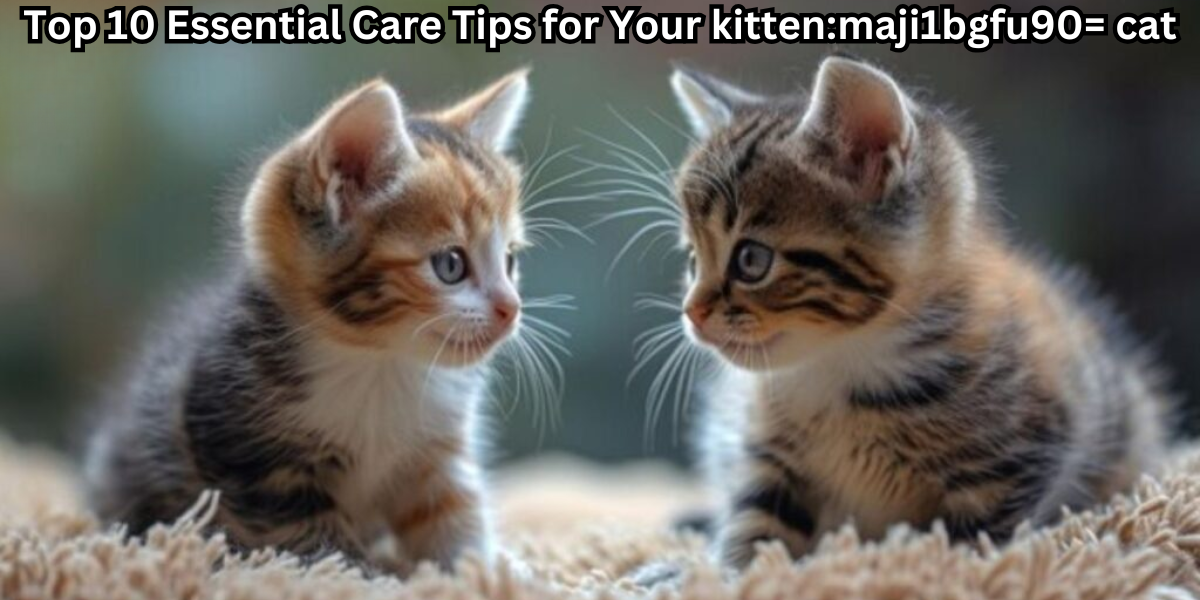Welcome to the enchanting world of kittens! Whether you’re a seasoned cat lover or contemplating bringing a feline friend into your home, this comprehensive guide on the Maji1BGFU90= cat will provide you with everything you need to know. From understanding their behaviour to ensuring their health and happiness, we’ve got you covered.
What is kitten:maji1bgfu90= cat?

The kitten:maji1bgfu90= cat, commonly referred to as the Maji Cat, is a captivating breed known for its unique characteristics and charming demeanour. Originating from [specific region or background if applicable], this breed has garnered attention for its [specific traits, e.g., vibrant coat, playful nature].
Key Characteristics of kitten:maji1bgfu90= cat
- Appearance: Distinctive fur patterns, eye colour, and physique.
- Temperament: Friendly, curious, and highly adaptable.
- Lifespan: Typically ranges between 12-15 years with proper care.
Understanding the foundational aspects of the Maji1BGFU90= cat sets the stage for providing the best possible environment for your feline friend.
Read Also: KissAsian Ultimate Guide to Safe Streaming and Downloading
Understanding Kitten Behaviour
Kittens are bundles of energy and curiosity. Deciphering their behaviour is crucial for fostering a harmonious relationship.
Playfulness and Socialization
The kitten:maji1bgfu90= cat exhibit playful behaviour as a means of exploring their environment and honing their hunting skills. Interactive play not only stimulates their minds but also strengthens the bond between kitten and owner.
Benefits of Play:
- Enhances physical agility
- Encourages mental stimulation
- Prevents destructive behaviour
Recommended Activities:
- Interactive Toys: Feather wands, laser pointers
- Climbing Structures: Cat trees, scratching posts
- Puzzle Toys: Treat-dispensing toys to challenge their intellect
Communication Cues
Cats communicate through a combination of vocalisations, body language, and scent. Recognising these cues can significantly improve your understanding and responsiveness to your kitten:maji1bgfu90= cat’s needs.
Common Signals:
| Behaviour | Meaning |
|---|---|
| Purring | Contentment or seeking attention |
| Hissing | Fear or aggression |
| Kneading | Comfort and contentment |
| Tail Twitching | Excitement or irritation |
| Ear Position | Alertness or relaxation |
Choosing the Right Kitten for Your Home

Selecting the perfect kitten involves more than just aesthetics. It’s about finding a companion whose personality and needs align with your lifestyle.
Factors to Consider
- Activity Level: Some breeds are more energetic, requiring ample playtime.
- Allergies: Consider hypoallergenic breeds if allergies are a concern.
- Space Availability: Ensure your living space accommodates the kitten’s needs.
- Time Commitment: Kittens require significant time for training and socialisation.
Popular Breeds
- Siamese: Known for their vocal nature and intelligence.
- Maine Coon: Large, friendly, and adaptable to various environments.
- Persian: Calm and affectionate, with long, luxurious coats.
- Maji1BGFU90= Cat: Distinguished by [specific traits], making them a unique addition to any household.
Read Also: FlixHQ Guide to Streaming, Downloading, and Top Alternatives
Essential Tips for caring the kitten:maji1bgfu90= cat
Proper care is paramount to ensure your kitten grows into a healthy and happy cat. Here’s a breakdown of essential care aspects.
Nutrition and Feeding
A balanced diet provides the necessary nutrients for growth and energy.
Feeding Guidelines:
- Kitten Food: High in protein and essential nutrients.
- Feeding Schedule: 3-4 small meals daily.
- Hydration: Fresh water should be available at all times.
Recommended Foods:
| Food Type | Benefits |
|---|---|
| Wet Food | High moisture content, appealing taste |
| Dry Kibble | Convenient and supports dental health |
| Mixed Diet | Combines benefits of wet and dry food |
Grooming Essentials
Regular grooming maintains coat health and reduces shedding.
Grooming Tips:
- Brushing: Daily for long-haired breeds, weekly for short-haired.
- Bathing: Occasionally, using cat-safe shampoos.
- Nail Trimming: Every 2-3 weeks to prevent overgrowth.
Creating a Safe Environment
A kitten-proof home prevents accidents and ensures safety.
Safety Measures:
- Secure Hazardous Items: Store chemicals and small objects out of reach.
- Provide Scratching Posts: To prevent furniture damage.
- Ensure Safe Spaces: Create cozy areas for rest and retreat.
Health and Wellness
Maintaining your kitten:maji1bgfu90= cat’s health is a continuous process involving regular check-ups and preventative measures.
Common Health Issues
- Upper Respiratory Infections: Common in young kittens, often requiring veterinary attention.
- Parasites: Fleas, ticks, and worms can affect overall health.
- Dental Problems: Regular dental care prevents periodontal disease.
Vaccination and Vet Visits
Vaccination Schedule:
| Vaccine | Age | Frequency |
|---|---|---|
| Feline Herpesvirus | 6-8 weeks | Annual booster |
| Feline Calicivirus | 6-8 weeks | Annual booster |
| Rabies | 12 weeks and older | As per local regulations |
| Feline Leukemia Virus | If at risk | As recommended by vet |
Regular Check-ups:
- Frequency: At least twice a year.
- Purpose: Early detection of health issues and maintaining vaccination schedules.
Preventative Care
Preventative measures enhance longevity and quality of life.
Key Practices:
- Regular Deworming: As advised by your vet.
- Flea Control: Using safe and effective treatments.
- Spaying/Neutering: Prevents unwanted litters and reduces certain health risks.
Training Your Kitten
Training fosters good behaviour and ensures a harmonious household.
Litter Training
Most kittens instinctively use a litter box, but establishing a routine aids in successful training.
Steps for Litter Training:
- Choose the Right Litter Box: Accessible and appropriately sized.
- Select Suitable Litter: Unscented, clumping litter is preferred.
- Placement: Quiet and easily accessible areas.
- Positive Reinforcement: Reward your kitten for using the litter box.
Behavioural Training in kitten:maji1bgfu90= cat
Addressing and guiding behaviours early prevents issues in adulthood.
Common Training Areas:
- Scratching: Redirecting to scratching posts.
- Biting/Pouncing: Discouraging aggressive play.
- Socialization: Exposing kittens to different environments and stimuli.
Conclusion
Bringing a kitten:maji1bgfu90= cat into your home is a rewarding experience filled with joy, companionship, and endless curiosity. By understanding their behavior, providing proper care, and fostering a nurturing environment, you ensure a long and happy life for your feline friend. Remember, every kitten is unique, and tailoring your approach to their individual needs will strengthen your bond and enhance the overall well-being of your beloved cat.
Embrace the journey of kitten parenthood with love, patience, and knowledge, and watch your kitten:maji1bgfu90= cat flourish into a graceful and cherished member of your family.
Frequently Asked Questions
1. What is the lifespan of a kitten:maji1bgfu90= cat?
The kitten:maji1bgfu90= cat typically lives between 12 to 15 years with proper care, including regular veterinary check-ups and a balanced diet.
2. How often should I groom my kitten?
Grooming frequency depends on the breed:
Long-haired breeds: Daily brushing to prevent matting.
Short-haired breeds: Weekly brushing to reduce shedding.
3. What vaccinations does my Kitten need?
Kittens require a series of vaccinations starting at 6-8 weeks old, including:
Feline Herpesvirus
Feline Calicivirus(FCV)
Rabies
Feline Leukemia Virus (if at risk)
Consult your veterinarian for a tailored vaccination schedule.
4. How can I socialize my kitten effectively?
Socialization involves exposing your kitten to various environments, people, and other pets in a controlled and positive manner. Early and consistent social interactions help develop a well-adjusted adult cat.
5. What are the signs of a healthy kitten?
A healthy kitten:maji1bgfu90= cat exhibits:
Bright, clear eyes
Clean ears and nose
Shiny coat
Active and playful behavior
Consistent appetite and weight
6. How do I introduce a new kitten to existing pets?
Gradual introductions are key:
Separate Spaces: Initially keep the kitten in a separate room.
Scent Exchange: Swap bedding to familiarize scents.
Controlled Meetings: Supervise initial interactions.
Positive Reinforcement: Reward calm behavior during introductions.
7. What should I do if my kitten isn’t using the litter box?
Possible solutions include:
Ensure Cleanliness: Keep the litter box clean.
Proper Placement: Place the box in a quiet, accessible area.
Litter Type: Experiment with different litters.
Consult a Vet: Rule out medical issues if the problem persists.
8. How can I prevent my kitten from scratching furniture?
Provide ample scratching options:
Scratching Posts: Different textures and orientations.
Deterrents: Use furniture protectors or repellents.
Regular Trimming: Keep claws trimmed to reduce damage.
9. Is it necessary to declaw my kitten?
Declawing is not recommended as it can lead to behavioral and health issues. Instead, provide scratching posts and regular nail trimming to manage scratching behavior.
10. How do I know if my kitten is overweight?
Indicators of an overweight kitten include:
Visible Fat Deposits: Especially around the abdomen.
Reduced Mobility: Difficulty in jumping or playing.
Rib Visibility: Ribs are easily felt without excessive fat covering.
Maintain a balanced diet and regular exercise to prevent obesity.









